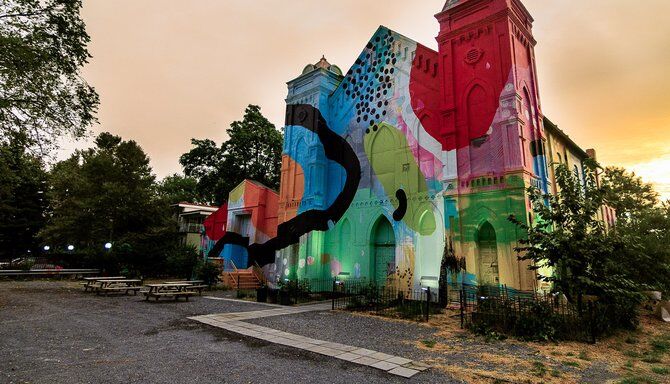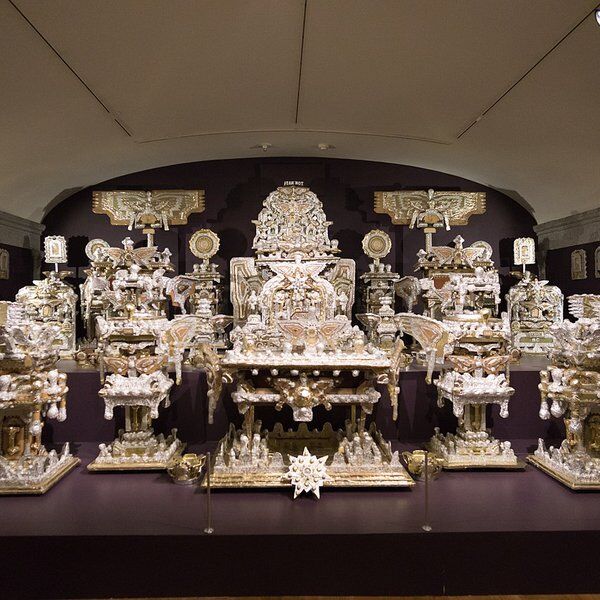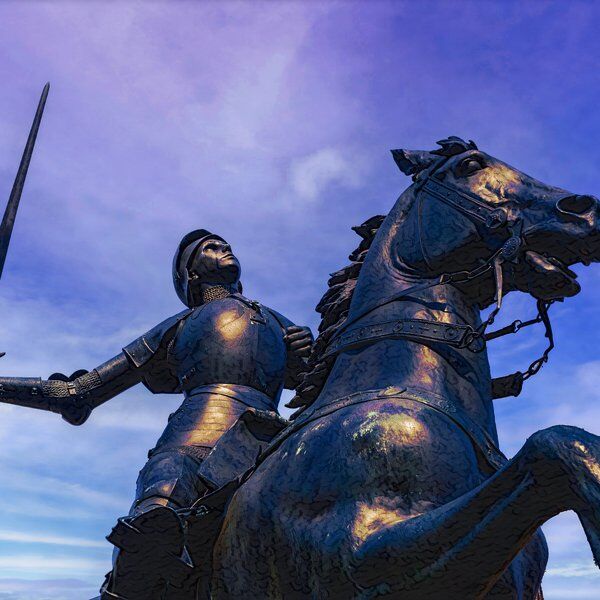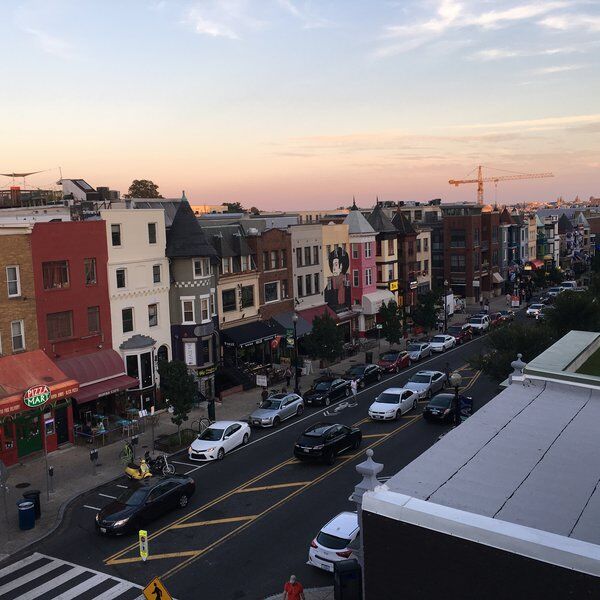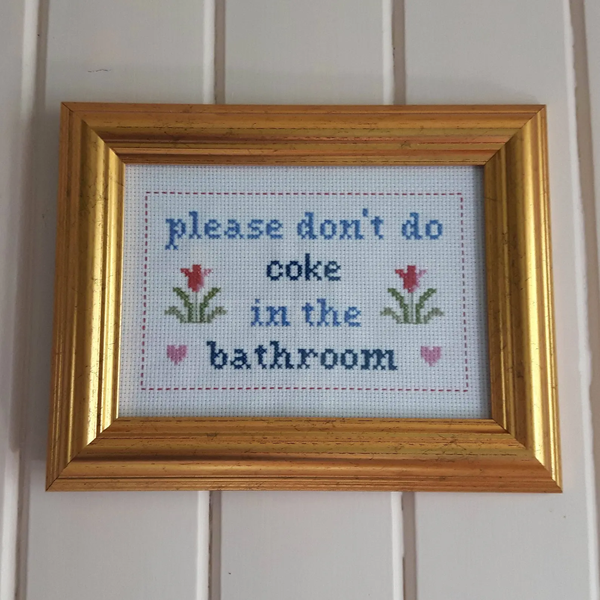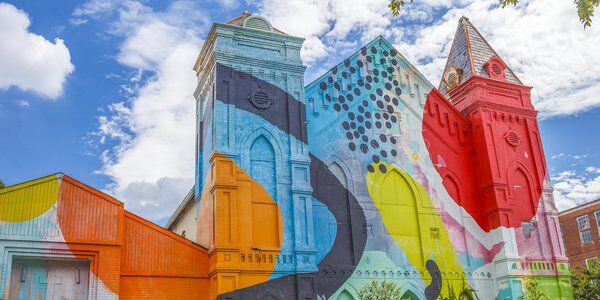
A 19th Century church covered inside and out in psychedelic swirls of patterns and colour, Culture House DC could well be the most eye-grabbing building in South West DC. Today, it is a great place to discover new art or to catch a live performance. 70 years ago however it would have taken someone very brave to bet on it making it this far.
The Lost Neighbourhood Of Culture House DC
Prior to the 1950s the neighbourhood that surrounds Culture House DC looked very different.
The area began life in the late 18th century as an industrial shipping port. In its early days it was known for fishermen selling their catch directly from their boats.
The years that followed saw it grow into a thriving and diverse neighbourhood with large Jewish and African American populations.
The church in which Culture House DC can now be found, the Friendship Baptist Church, was orignally built in 1886 by an African American congregation. Slavery had been abolished only 21 years earlier. The church was to be a local community hub for a people newly freed.
And for almost 100 years it was exactly that but in the 1950s disaster struck. The federal government had recently expanded. New government employees were eyeing up downtown Washington for places to live, and their gazes fell upon South West.
Cultural Devastation Around Culture House DC
South West of course was already occupied. No room for government workers there. Not yet, anyway.
In 1949, a new National Housing Act was issued. Its first title stipulated that major city areas deemed to be 'blighted', 'slums', 'unsafe' or 'uninhabitable' would receive funds for redevelopment.
In 1954, the Supreme Court ruled that property could be condmened and seized by the government for the beautification of the land and general benefit of the public.
This was all it took.
98.5% of the thriving and racially diverse neighbourhood was condemned, seized and bought up by the Redevelopment Land Agency. 23,000 people lost their homes. 1,500 local businesses were closed down. Almost everything was torn to the ground including 20 black churches.
White businessmen and the federal government destroyed the local community without a second thought.
By some minor miracle however the Friendship Baptist Church survived. Its pastor, Reverend Benjamin H Whiting fought successfully for its preservation. It was a 'bedrock neighbourhood institution', he argued, and remarkably he got his way.
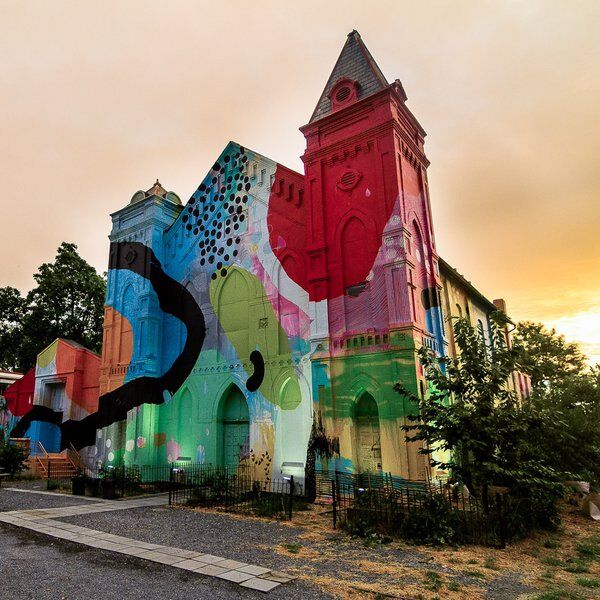
The Many Former Faces Of Culture House DC
Despite this, his congregation relocated soon after. The building itself had survived but it was no longer in the same neighbourhood as its community. The congregation moved to a more spacious church and the building passed into new hands.
Over the decades that followed it served several different communities before finally closing in 2001. At this point its future again looked bleak. It was bought by a property developer who had intentions of knocking it down to make way for condominiums and offices.
In 2004, however, the Historic Preservation Board stopped this from happening and the developer was forced to come up with a new plan. They hired Atlanta-based artist HENSE to redecorate the building and Culture House DC was born. Almost.
The building did open as a gallery and performance space shortly after, but it was originally titled 'Blind Whino'. Only later did it receive its current name.

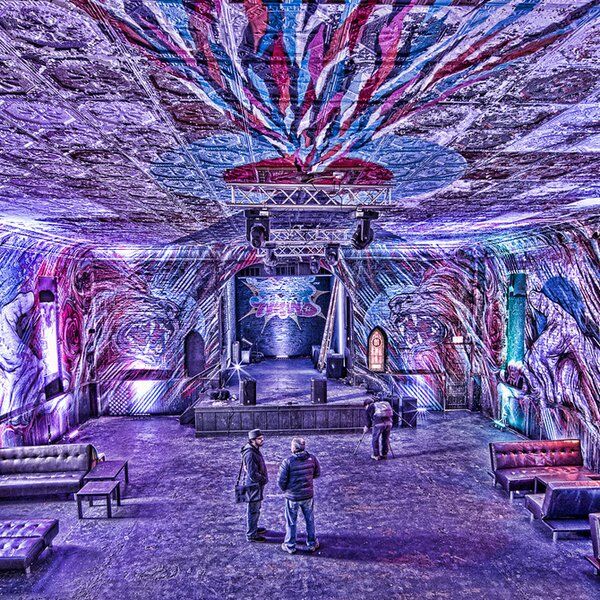
Interested in finding more places like this? Try one of our DC Scavenger Hunts - untangle cryptic clues as a team, as you are taken on a journey to the most unique, unusual and bizarre corners of Washington DC.
Read more about the effects of gentrification around the world in our articles on NYC's Little Greece and Melbourne's post-punk capital: Brunswick Street.
